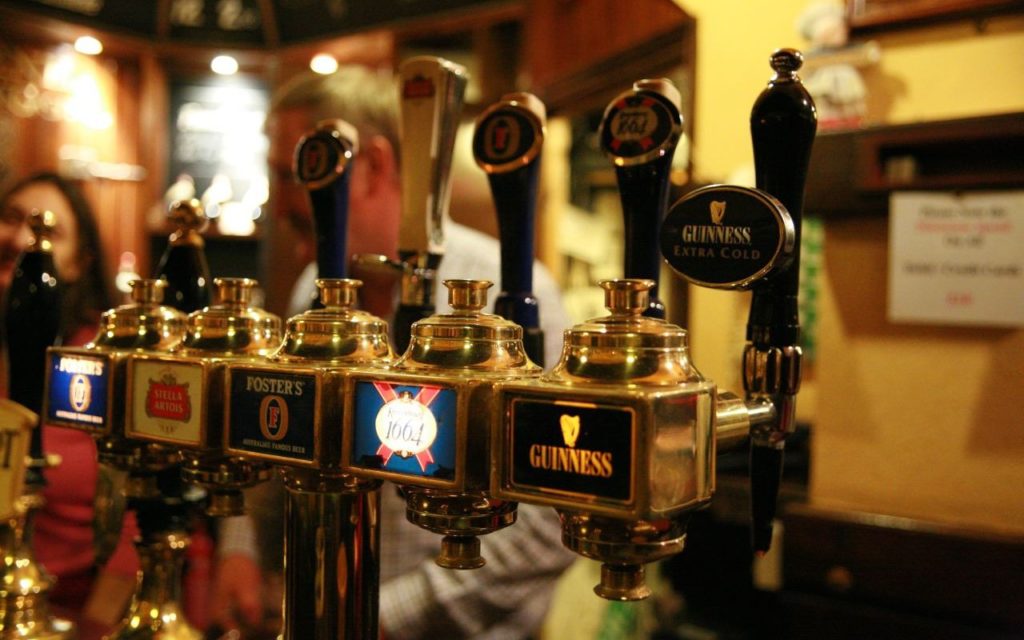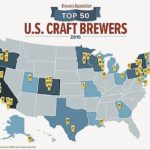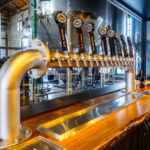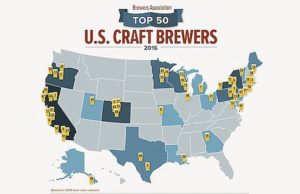Location matters: How place is an asset and a challenge for craft brewers
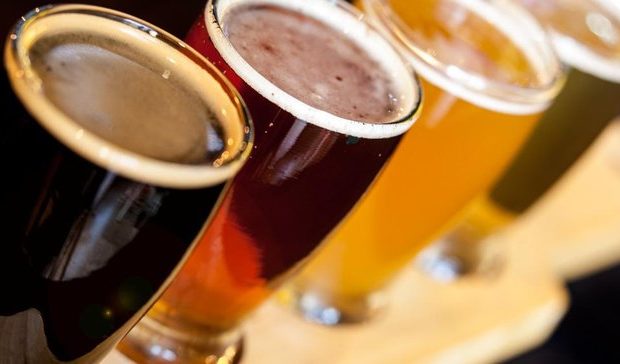
From local production to locally-sourced ingredients, consumers have often chosen craft brewers from their hometown or state simply because they want to support local business and enjoy a fresh, frothy sip from a nearby brewery.
But for the brewers themselves, location can be equally a benefit and a challenge. Brewers both bask in the allure of locally produced and themed beer varieties and deal with the headaches of city- or state-specific regulations for beer production and licensing on a regular basis.
Pursuing the concept of “local beer” as an opportunity
The claim “local” brings to mind everything from local ingredients to local processing. Craft brewers, which are most commonly locally distributed and independently owned, have the distinct advantage of being able to claim much of the advantages that “local” beer does.
“Clearly, local is what continues to resonate with beer drinkers… reflected in beer drinkers’ interest in beers from small and independent breweries,” Bob Pease, CEO at Brewers Association, told Food Dive. “…The production growth of small and independent craft breweries continues to be one of the main bright spots for domestic beer in the United States. …We’re seeing that independence is a growing point of decision-making for the beer drinker.”
In addition to sourcing local ingredients or labor, “local” beer can also appeal to beer drinkers who aren’t from that area but who are looking for beer that epitomizes the local culture. That could mean as little as the brand or beer variety has a name that self-references local people, places, events or themes.
NOLA Brewing Co., based in New Orleans, offers localized, self-referential beer varieties including Irish Channel Stout, named for an Uptown neighborhood; Hopitoulous IPA, named after Tchoupitoulas Street; and Rebirth Pale Ale, a nod to both the city’s rise after Hurricane Katrina and the iconic Rebirth Brass Band.
“You’ll start seeing the people who stay open be a lot more niche than what they’re doing,” Michael McCullough, beer economics researcher and associate professor at California Polytechnic State University, told Food Dive. “You know if it’s a great place to go if it’s different beer or if it’s really centered on a particular location.”
Still another location-driven benefit for brewers is the number and type of beer drinkers that congregate in a particular market or region. This is especially true for major beer companies trying to identify suitable craft beer acquisition targets.
Ballast Point was not only a fast-growing brewer, but its San Diego, CA, location is a major market for craft beer drinkers that Constellation wanted to push into. The same goes for several Anheuser-Busch InBev acquisitions, such as its latest, Karbach Brewing Co. in Houston, TX, another major beer-drinking region.
“They see, ‘OK, now we need to get in here. We need to be down in San Diego and L.A. because there’s a much higher percentage of craft beer drinkers down there,’ McCullough said. “Really it’s just who has control of shelf space and market share.”
Why locality can be a brewer’s biggest challenge
Locality can also be a significant challenge for brewers to overcome. “Local” considerations may also prevent a major brewer from acquiring a promising craft brewer, depending on the market or region.
That challenge is often even more significant for craft brewers, especially in the beginning as they construct their brewery and build their local or regional presence. Different parts of a town, city, county or state could have widely varying costs and regulations involved, which a craft brewer needs to research thoroughly before making a location decision.
“You’ve got to think about your permits and location, and then you have inputs like water that on a small scale is not really that big of a deal — you’re just pulling it out of your tap,” said McCullough. “But when you go commercial, it’s a whole different ballgame. With location, it might seem like a great idea to locate downtown and open a brew pub. But you’re going to pay a lot for rent, and that’s a lot of pints that you have to sell to cover that higher rent.”
If craft breweries aren’t careful in performing their early due diligence before settling on a particular local market, they can find themselves at the center of a business owner’s nightmare scenario.
“I’ve heard a lot of stories of people who start setting things up and then it turns out that (brewing) is not legal in the municipality or things like that, so they have to go through more hoops,” said McCullough. “On a bigger scale, I wouldn’t say it’s really slowing anything down, but it definitely does affect the decisions on where people will locate.”
How local beer production can revitalize communities
The contribution that brewers make to the communities their breweries are located in is also key. Particularly in the case of craft brewers, these businesses can uplift neighboring communities through a wide range of economic and social efforts.
“Craft brewers have long embraced the idea of the triple-bottom line of people, planet, profit,” said Pease. “When you speak to the men and women that own these breweries, you see that’s a real deal for them. They operate their businesses a little bit differently. That ethos is good for the communities they operate in.”
The Brewers Association has long focused on this message and the importance of locality to the American craft beer industry as it continues to grow locally, regionally, nationally and internationally.
“That’s one of our key messages when we go up on Capitol Hill: To educate lawmakers or state houses about the contributions that craft brewers make to the communities,” said Pease. “That message of job creation, urban manufacturing and, in a lot of cases, leading urban renewal, because breweries often go into sometimes more disadvantaged areas. Those messages really resonate.”

